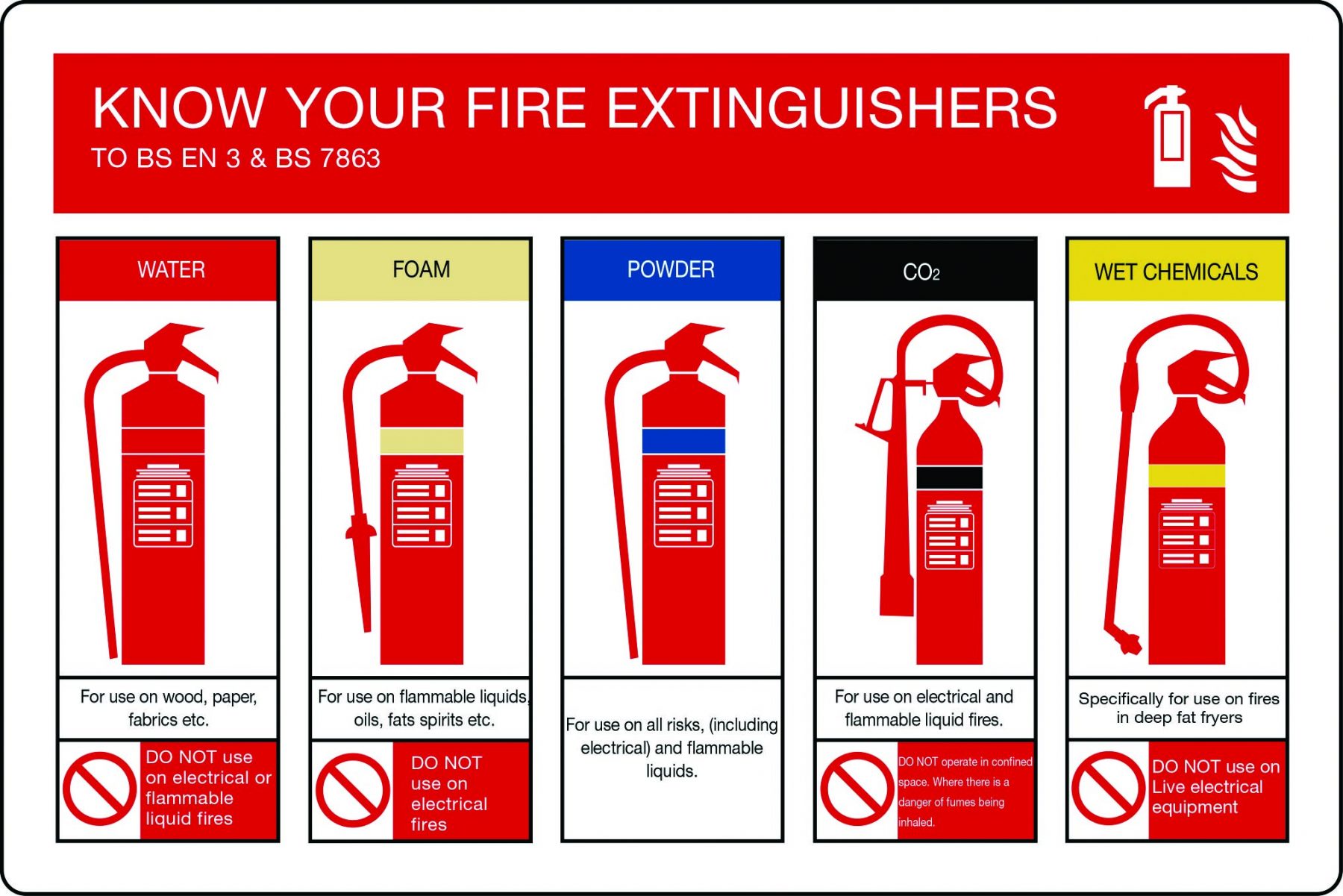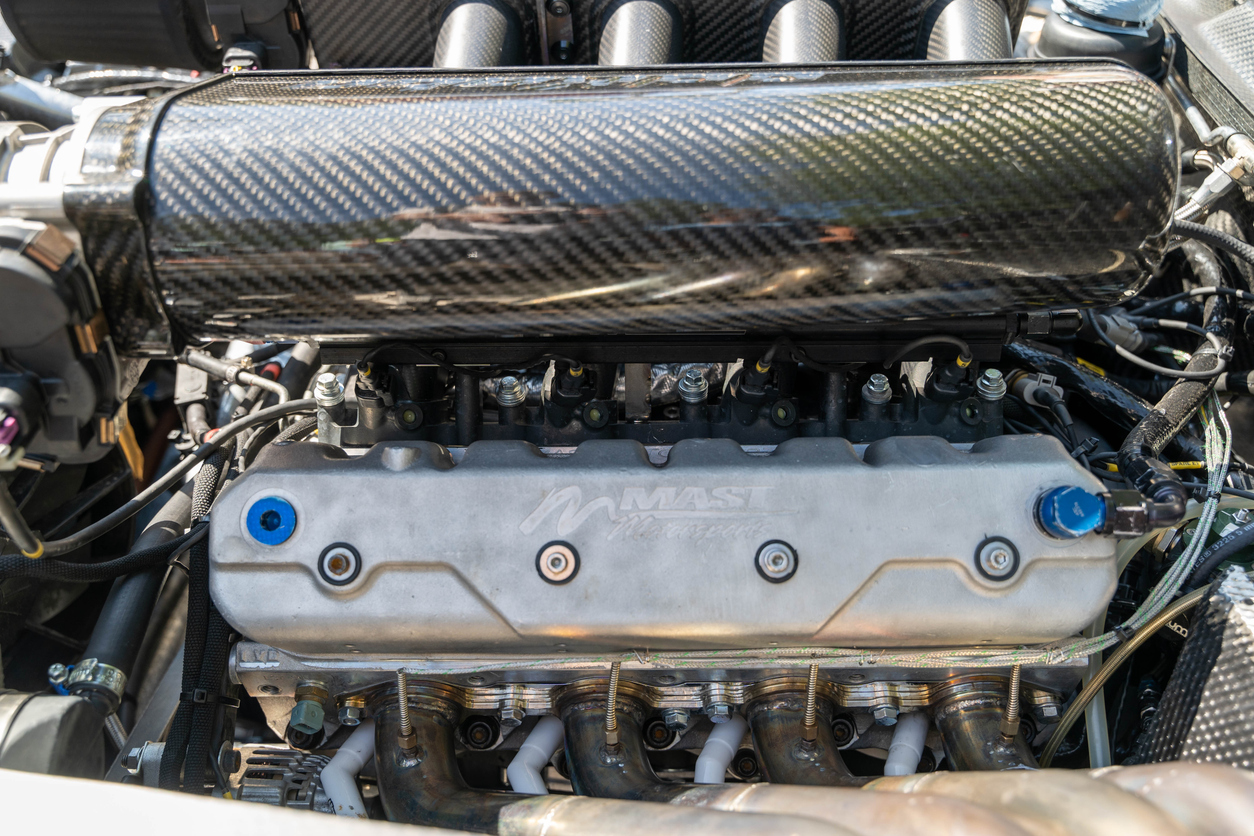Comprehensive Guide to Fire-Fighting Equipment: Ensuring Safety and Preparedness
Fire safety is a critical aspect of protecting lives and property in any environment, whether residential, commercial, or industrial. Having the right fire-fighting equipment on hand can mean the difference between a minor incident and a devastating disaster. This guide provides an overview of essential fire-fighting equipment, highlighting their functions, types, and the importance of regular maintenance to ensure they are ready for use in an emergency.
Key Types of Fire-Fighting Equipment
Fire-fighting equipment includes a wide range of tools and systems designed to detect, control, and extinguish fires. Here are some of the most important types:
1. Fire Extinguishers
- Overview: Fire extinguishers are portable devices that discharge a substance (such as water, foam, CO2, or dry chemical) to put out small fires. They are classified based on the type of fire they are designed to extinguish:
- Class A: For ordinary combustibles like wood, paper, and textiles.
- Class B: For flammable liquids like gasoline, oil, and paint.
- Class C: For electrical fires.
- Class D: For combustible metals like magnesium and aluminum.
- Class K: For cooking fires involving grease, fats, and oils.
- Usage: Fire extinguishers should be easily accessible and regularly inspected to ensure they are fully charged and functional.
2. Fire Hoses and Nozzles
- Overview: Fire hoses are flexible tubes that deliver water from a pressurized source to extinguish fires. Nozzles control the direction and flow of water, allowing firefighters to target specific areas.
- Types:
- Layflat Hoses: Typically used in fire brigades and industrial settings, these hoses are durable and easy to deploy.
- Hard Suction Hoses: Used to draw water from a static source like a pond or river.
- Usage: Fire hoses are crucial in larger fires where more water is needed than a portable extinguisher can provide.
3. Fire Alarms and Detection Systems
- Overview: Fire alarms and detection systems are critical for early fire detection, providing alerts that allow for timely evacuation and fire-fighting efforts. These systems include smoke detectors, heat detectors, and manual call points.
- Types:
- Smoke Detectors: Detect smoke particles in the air and are ideal for early warning in residential and commercial settings.
- Heat Detectors: Trigger an alarm when a specific temperature is reached, suitable for areas where smoke detectors may give false alarms, such as kitchens.
- Usage: These systems should be regularly tested and maintained to ensure they function correctly in an emergency.
4. Fire Blankets
- Overview: Fire blankets are made from fire-resistant materials and are used to smother small fires or wrap around a person whose clothing has caught fire. They are especially useful in kitchens and laboratories.
- Usage: Fire blankets should be placed in easily accessible locations, particularly in areas prone to small fires.
5. Fire Suppression Systems
- Overview: Fire suppression systems are automated systems that detect and suppress fires without human intervention. These systems are often used in commercial kitchens, data centers, and industrial environments.
- Types:
- Wet Chemical Systems: Commonly used in commercial kitchens to suppress grease fires.
- CO2 Systems: Used in environments with electrical equipment as they extinguish fires without leaving residue.
- Foam Systems: Effective in suppressing fires involving flammable liquids.
- Usage: These systems require regular maintenance and inspections to ensure they are ready to activate in an emergency.
6. Sprinkler Systems
- Overview: Sprinkler systems automatically release water when a fire is detected, helping to control and extinguish the fire before it spreads. These systems are widely used in commercial and industrial buildings.
- Types:
- Wet Pipe Systems: The most common type, where water is always in the pipes and ready to be discharged.
- Dry Pipe Systems: Used in environments where pipes may freeze, containing pressurized air instead of water until the system is activated.
- Usage: Sprinkler systems must be properly designed and maintained to ensure they provide effective fire protection.
7. Breathing Apparatus
- Overview: Breathing apparatus, such as self-contained breathing apparatus (SCBA), provides firefighters with breathable air in environments filled with smoke or toxic gases.
- Usage: Essential for firefighters, these devices should be regularly inspected and maintained to ensure they function correctly during an emergency.
Importance of Regular Maintenance
Regular maintenance of fire-fighting equipment is crucial to ensure they are ready to perform in an emergency. This includes:
- Inspections: Regularly checking equipment to ensure it is in good condition and ready for use.
- Testing: Periodically testing systems like alarms, sprinklers, and suppression systems to confirm they function correctly.
- Servicing: Recharging fire extinguishers, replacing worn-out hoses, and servicing mechanical components to prevent failures.
Choosing the Right Fire-Fighting Equipment
When selecting fire-fighting equipment, consider the following factors:
- Type of Environment: The nature of the environment (residential, commercial, industrial) will determine the type of equipment needed.
- Specific Fire Hazards: Identify specific fire hazards in the area to choose appropriate fire-fighting tools (e.g., kitchens need Class K extinguishers, while workshops may require Class D).
- Compliance with Regulations: Ensure that all fire-fighting equipment complies with local fire safety regulations and standards.
Conclusion
Having the right fire-fighting equipment is essential for ensuring safety and preparedness in any environment. By understanding the various types of equipment and their specific uses, you can better protect lives and property from fire hazards.
At Wigmore Trading, we offer a comprehensive range of fire-fighting equipment tailored to meet the needs of different environments. Our expert team is ready to help you choose the right solutions for your fire safety needs.
Get in Touch:
Need high-quality fire-fighting equipment? Contact Wigmore Trading today to explore our selection and find the best solutions for your safety requirements. Visit our website, email, or call us for expert advice and support.








Comments are closed.